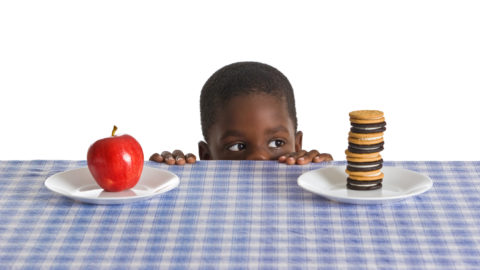“I don’t like my kid!!!”
I’m really glad you finally said it out loud. Thoughts and feelings that we try to stuff deep down inside become an impossible burden. Just like a bacterial illness (like strep throat) treated with the wrong medicine, those thoughts and feelings get bigger and stronger and more difficult to control. Even with our best efforts those thoughts and feelings begin to pop out when we least expect it. While you may have decided you can successfully keep them stuffed inside, it takes a lot of energy to try… and you may not even realize you are working so hard and actually not being very successful.
Communication and Messages
As an aside, let’s talk a minute about communication and messages. All of us communicate and send messages to other people in two ways: verbally and non-verbally.
Verbal communication occurs with our words and the topic of discussion.
For example, when our kid does something wonderful we might tell him we are proud of him (using our words). When our kid does something we don’t like, we may speak sharply to him, yell at him, firmly give him “orders,” and/or inform him of the outcomes for his actions.
Non-verbal communication occurs with our emotions, tone of voice, body language, and actions.
For example, when our kid does something wonderful we send out messages that tell him we are pleased without having to say even one word. We may smile at him, reach out and hug him, or just generally give off positive “vibes” and energy that tells our child we are pleased. In fact, everything about us radiates that feeling. We truly don’t even have to say a word!
Avoid Mixed Messages
The more we send clear and consistent messages (that match our feelings) to our children, the more we let them know exactly what we expect. This also is a form of giving them consistent feedback on what they are doing while letting them know that we are in charge.
Here’s the glitch: if our words (our verbal messages) and how we feel (our non-verbal messages) do not match, we are giving our children the message that we are “mixed up.” Without realizing it, we are also giving our children the message that the parents are not “in control.”
Here’s the catch: the more what we say and how we feel DON’T MATCH, the more we cause our children to challenge and “test” us. They do this to find out what we really feel about them and what we really expect from them. They do this to feel “in control” because they don’t think that WE are in control. In fact, many kids actually enjoy that feeling and have a sense of power and control as they “play us like a fiddle” and manipulate situations to make us angry or frustrated.
What’s the result? More unwanted behavior, more “testing” behavior, and a child who does not know clearly what you expect of him.
“No, really, I don’t like my kid.”
Getting back to the original statement at the beginning of this blog, “I don’t like my kid!” and using what we just discussed, the most effective way you can respond to your children when you are angry or frustrated is to be honest! If you’re angry then say, “I’m angry!”
The success of your honesty depends on one more thing: in your own mind you have to separate the CHILD from the BEHAVIOR that you don’t like. Ask yourself, “Is it my child that I don’t like OR is it the way he is behaving that I don’t like?
If your child were cooperating and polite, would you like him? I’m guessing you would say, “Yes.”
Finding a Solution
With this perspective, the goal becomes a little clearer. Here are the steps to take:
- Respond to your child’s behavior; calmly let your child know how you felt about it and what you expect him to do next time.
- Let him know what will happen if he does what you asked (a treat, a reward, a hug, etc). Also let him know exactly what will happen if he does not do what you asked (skip dessert at dinner, no TV time, iPad put away, etc.).
- When he does what you asked, follow through with what you said would happen.
- When he does NOT do what you asked, calmly follow through with what you said would happen
- Remember that when you follow through with the outcome, you need to do it calmly and with the understanding that this is a hard lesson for your child. In fact, let your child know that you understand how hard these lessons are to learn.
Remaining Consistent
If you are consistent with your child then I have no doubt that you will see change for the better. Going forward calmly let him know
- Exactly what you expect
- What will happen is he does what you expect
- What will happen if he chooses not to do what you expect
- That his behavior is HIS choice but that the outcomes for his behavior are YOUR choice
- That you know that he can make good choices
Then follow through calmly and continue this pattern until your child learns that you will do exactly what you described, that the choice is always HIS choice, and that the outcomes for bad choices are always YOUR choice.
Once your child starts to change his behavior from contamination to cooperation you’ll see how much more you will have positive feelings toward him (and vice-versa)!
Want more parenting advice? Follow us on Facebook.













